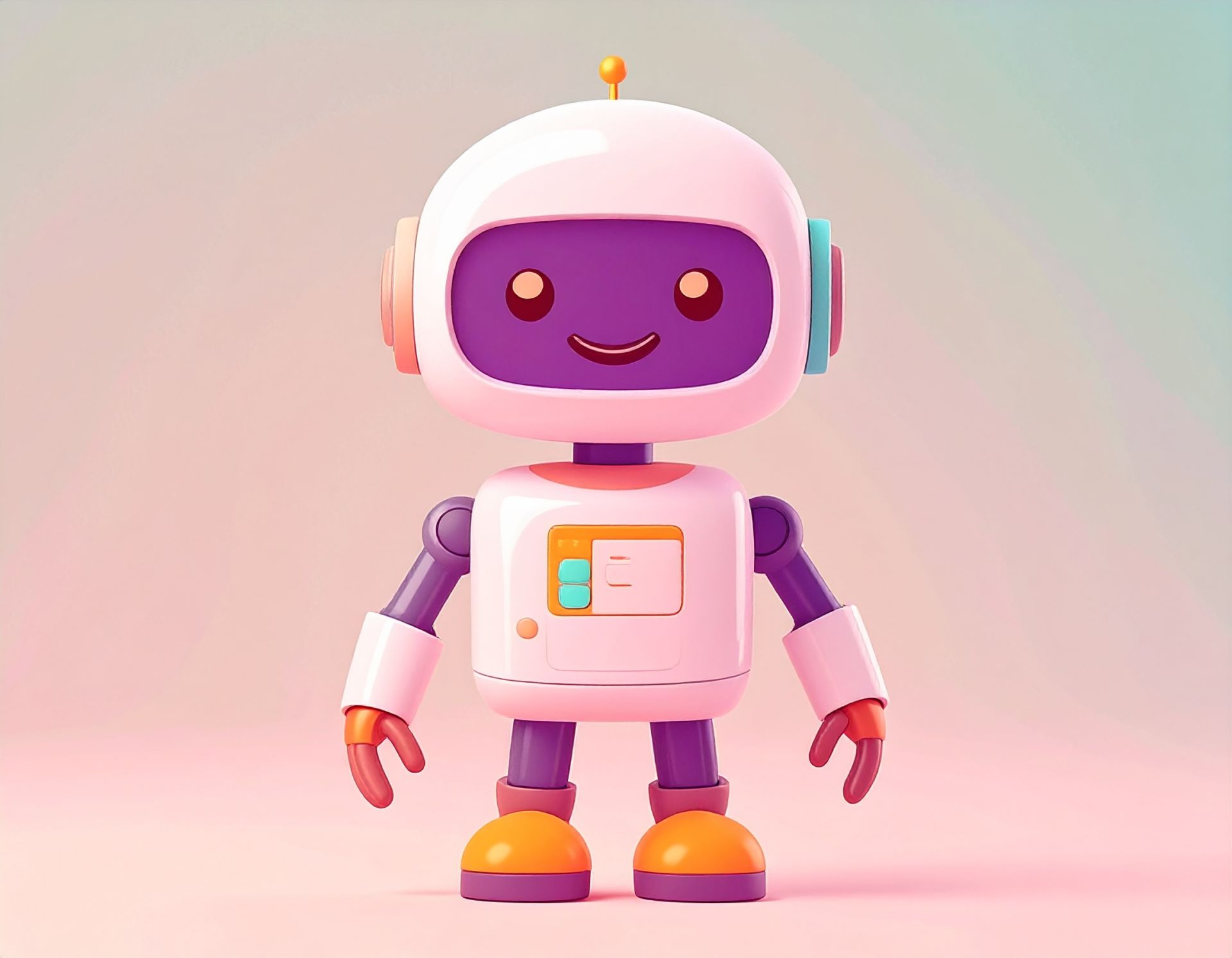Understanding AI Literacy
Artificial Intelligence (AI) is no longer confined to laboratories or science fiction. It is present in many aspects of daily life, often without us noticing. From smart assistants and recommendation systems to educational apps, AI is already shaping the way we live, learn and work.
AI literacyrefers to the ability to understand, evaluate and interact with AI systems in an informed and responsible way. It involves:
- A basic understanding of how AI works
- Awareness of where AI appears in everyday contexts
- The ability to think critically about its use
- Ethical awareness of its impacts on society and individuals
It does not mean needing to programme or develop software. Instead, it is about building confidence, digital awareness and a thoughtful approach to technology.
As the OECD notes, AI literacy is a key component of digital literacy in the 21st century, and vital for lifelong learning and employability (OECD, 2021).
Why AI Literacy Matters in Early Years Education
Much of the current conversation around AI in education focuses on secondary or higher education. Early years professionals are already using AI-enabled tools, whether they realise it or not. Learning apps, digital assessment platforms, and smart classroom resources often use AI technologies. Understanding how these tools work, what data they collect, and how decisions are made is essential for safeguarding children’s wellbeing and delivering informed, ethical care and learning.
It is not about teaching AI to young children, but about equipping educators to:
- Understand the tools they use in the classroom
- Recognise when and how AI is involved
- Ask critical questions about fairness, privacy and safety
- Model positive, thoughtful technology use
According to Nesta (2020), supporting educators with early exposure to AI-related concepts helps build their own confidence, critical thinking and digital curiosity. This professional understanding enables them to make more informed decisions when selecting tools, designing learning environments and engaging with families in an increasingly digital world.
Bridging the Knowledge Gap
Many early years educators feel underprepared for conversations about AI. That is not surprising, as most training programmes do not currently include content on AI literacy or emerging technologies.
This lack of preparation creates a gap between the growing presence of AI in educational settings and the confidence educators feel in using it well. Without proper support, professionals may use tools without fully understanding their function, risks or potential.
UNESCO (2021) emphasises that AI training for educators is essential, not only for effective integration of technology but also to ensure equity, inclusion and ethical standards in education systems worldwide.
AI literacy helps bridge that gap by empowering educators with knowledge, critical thinking skills and confidence. It enables them to take control of their professional practice in a digital world.
How FuturedAI Academy Supports Educators
At Futured AI Academy, we support early years educators to develop practical, relevant AI literacy. Our programmes are designed to be accessible to all professionals, regardless of technical background.
Our aim is to ensure that early years professionals are not only prepared for the digital present, but are confident in shaping the digital future.
A Professional Responsibility
The world is changing quickly. AI will continue to influence the environments in which children grow and learn. Early years professionals are on the frontline of that change.
AI literacy is no longer a ‘nice to have’. It is part of modern professional competence. Investing in this knowledge is not only good for children and families, but vital for the development and confidence of the workforce.
References
- OECD (2021).AI and the Future of Skills: AI Literacy. Retrieved fromhttps://www.oecd.org
- Nesta (2020).AI in Education: Learning How to Learn. Retrieved fromhttps://www.nesta.org.uk
- UNESCO (2021).AI and Education: Guidance for Policy-makers. Retrieved fromhttps://unesdoc.unesco.org




